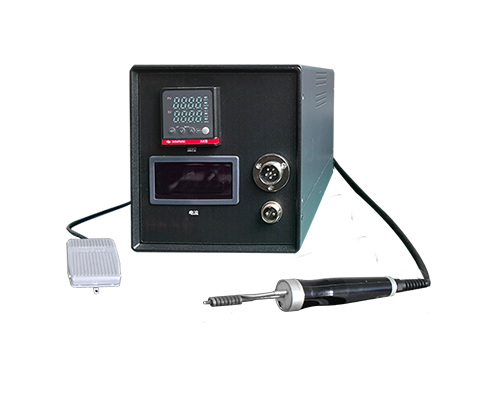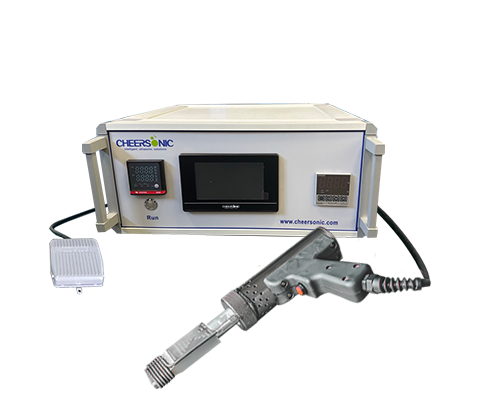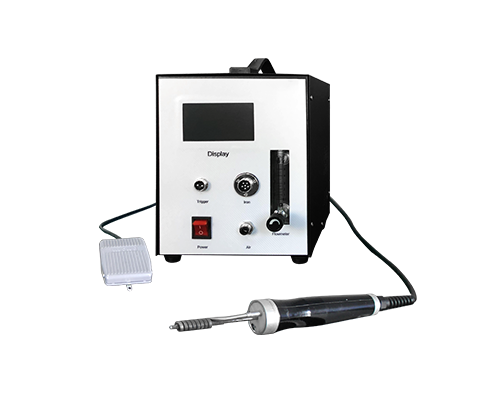In the integration of traditional Chinese medicine acupuncture with modern medical technology, optimizing the performance of acupuncture needles has become a key step in improving treatment safety and comfort. Applying lubricating silicone oil to the needle tip is a crucial process – the silicone oil coating not only reduces friction between the needle tip and skin, minimizing patient pain, but also protects the needle tip's sharpness and extends the device's lifespan. However, traditional silicone oil application methods, such as manual brushing or soaking, often suffer from uneven coating thickness, localized buildup, or insufficient coverage, affecting efficacy, potentially wasting silicone oil and increasing costs, and even posing sterility risks.
The advent of ultrasonic spray coating machines has brought a revolutionary breakthrough to the silicone oil coating process for acupuncture needles. Its core principle utilizes high-frequency ultrasonic vibration to atomize silicone oil into tiny particles only a few micrometers in diameter. Precise airflow control then ensures that the atomized silicone oil particles are evenly adhered to the needle tip surface. Compared to traditional methods, ultrasonic coating machines offer three significant advantages: First, extremely high coating uniformity, enabling micron-level thickness control to ensure every needle tip is covered with a thin layer of silicone oil. This avoids both excessive thickness leading to increased needle insertion resistance and insufficient thickness resulting in loss of lubrication. Second, high coating precision; by adjusting the nozzle position and angle, coating is applied only to the needle tip, reducing waste of silicone oil in other areas of the needle and simplifying subsequent cleaning. Third, compliance with medical sterility requirements; the entire coating process can be conducted in a closed environment, minimizing external contamination, and the atomized silicone oil particles are less prone to bubble formation, further ensuring the safety of the instrument.

In fact, the applications of ultrasonic technology in medical surgical instruments extend far beyond silicone oil coating. In the field of ultrasonic medical surgical instruments, the precise control characteristics of ultrasonic energy have been fully utilized. For example, ultrasonic scalpels, by converting electrical energy into high-frequency mechanical vibrations, can achieve precise cutting and coagulation of soft tissues, reducing surgical bleeding and tissue damage. Ultrasonic instrument cleaning equipment, on the other hand, utilizes the "cavitation effect" generated by ultrasound in liquids to penetrate deep into instrument crevices and remove bloodstains and dirt, achieving a cleaning effect far exceeding traditional rinsing, providing strong assurance for the sterilization of surgical instruments.
From optimizing the silicone oil coating of acupuncture needles to the research and application of diversified ultrasonic surgical instruments, ultrasonic technology, with its precision, efficiency, and safety, is becoming a vital force driving the upgrading of medical devices. In today's medical technology, which continuously pursues refinement and minimally invasive techniques, ultrasonic technology will continue to support the improvement of medical device performance, bringing a better medical experience to patients and injecting new momentum into the development of the medical industry.





